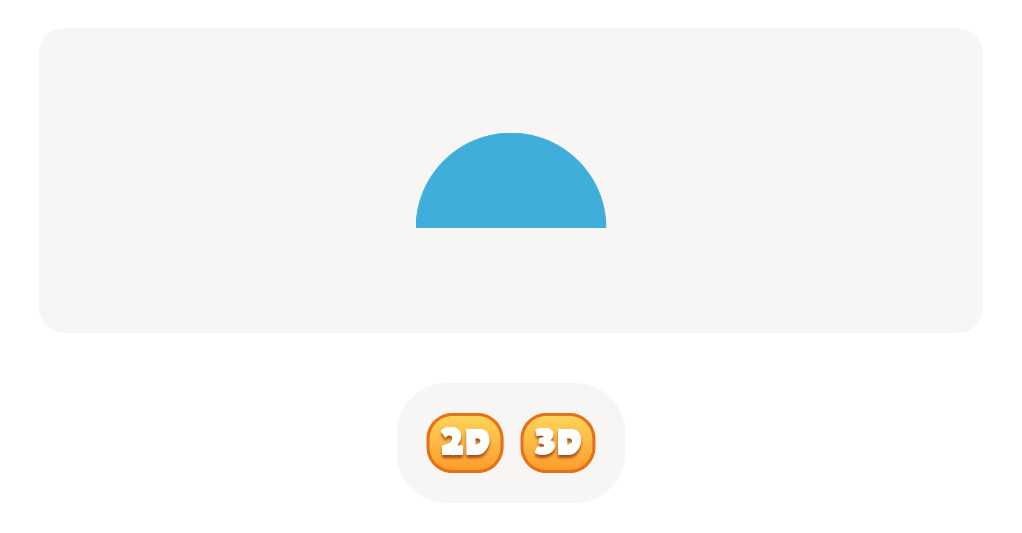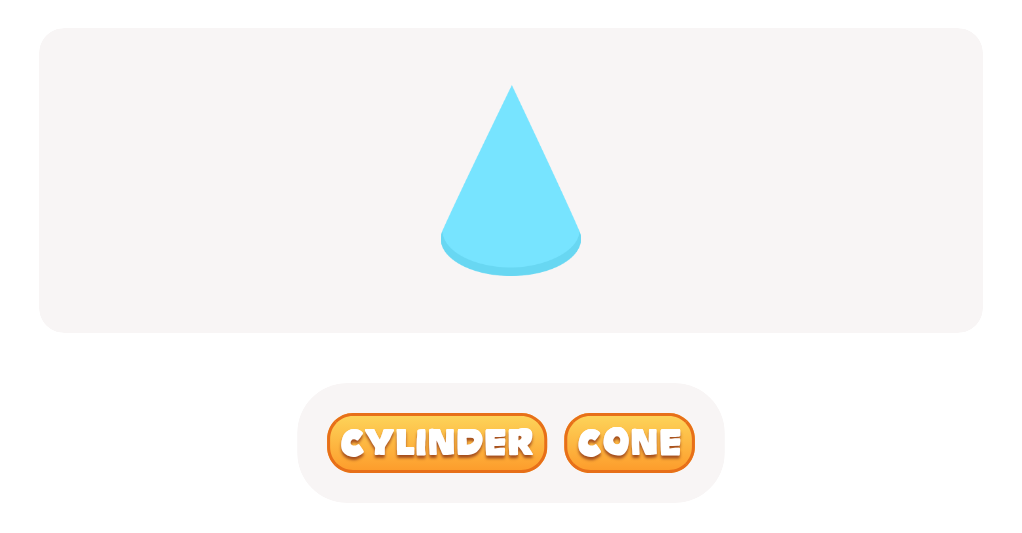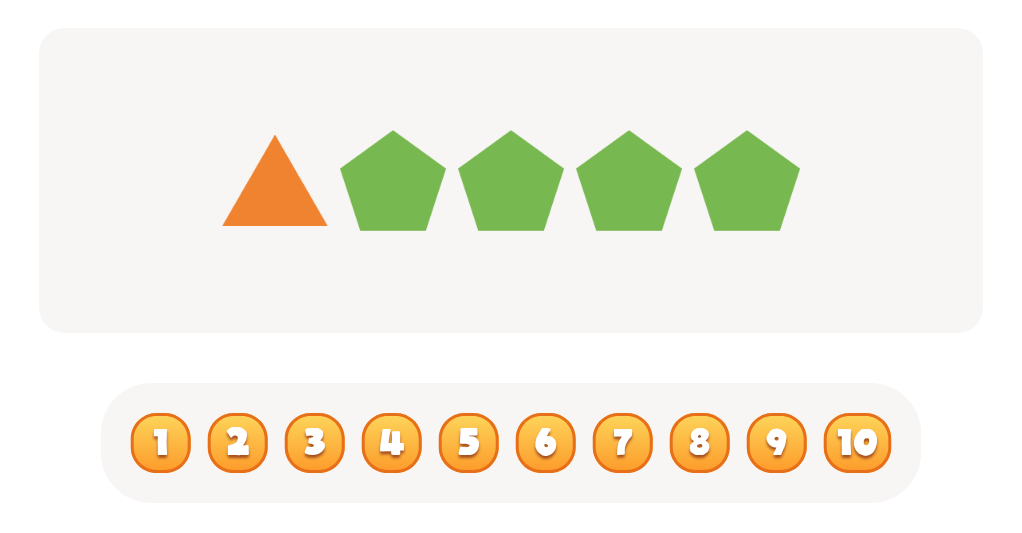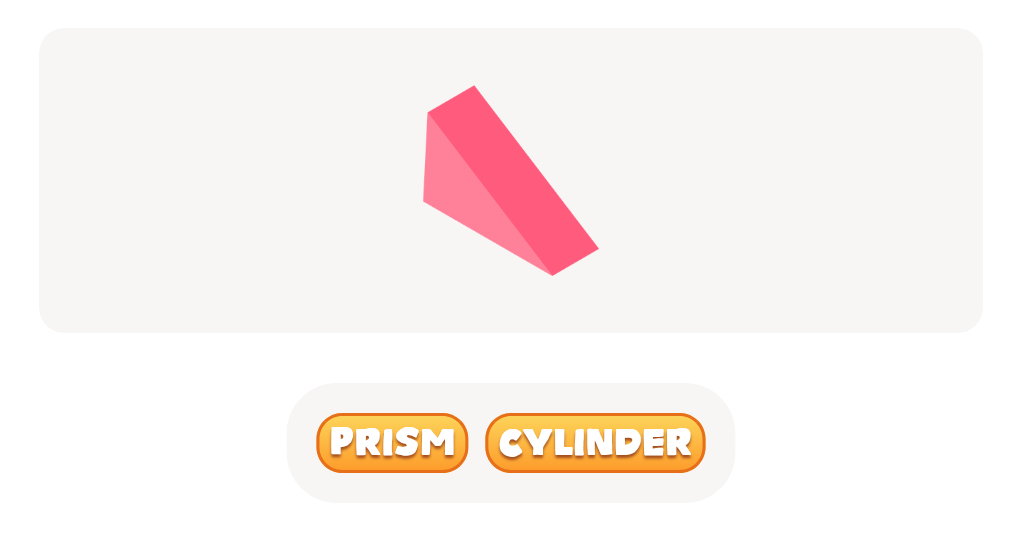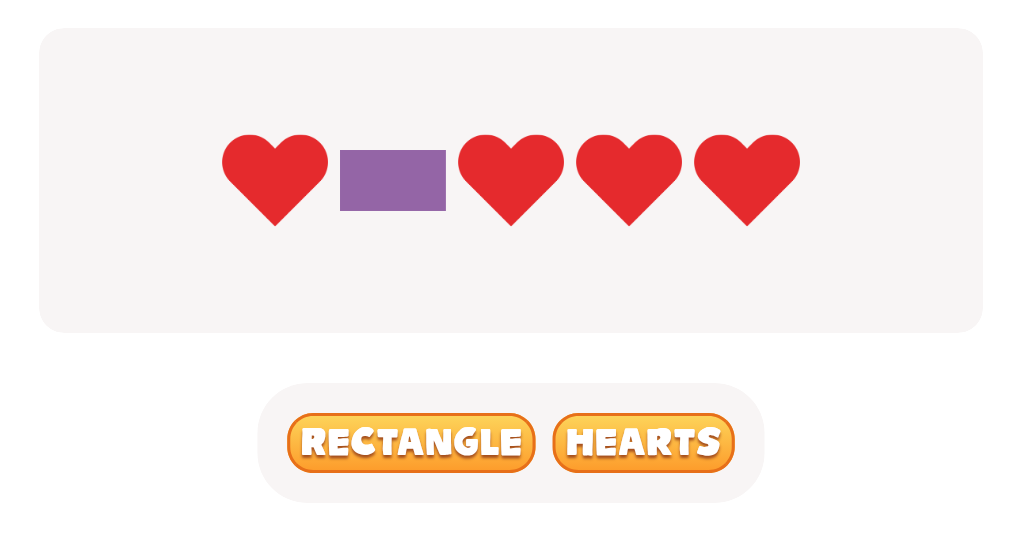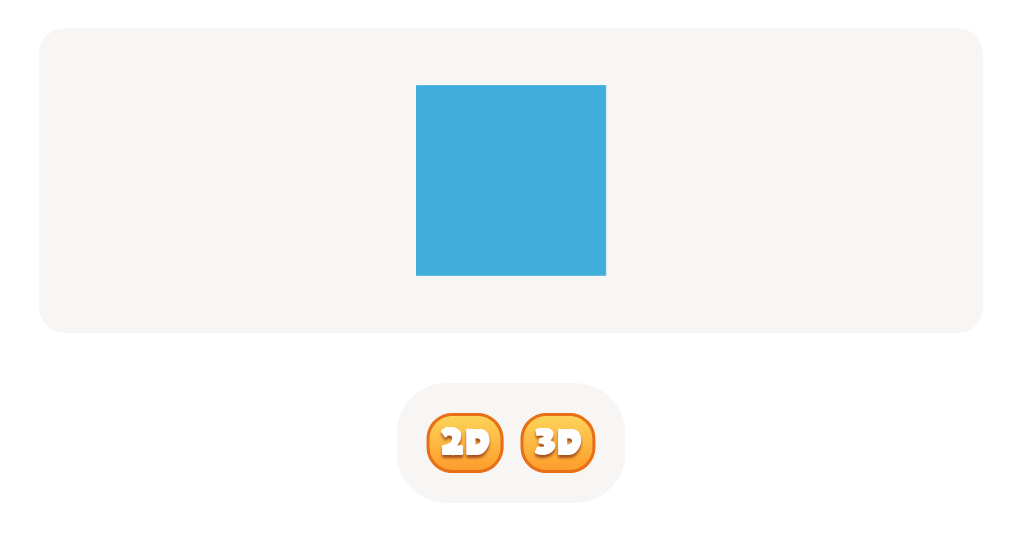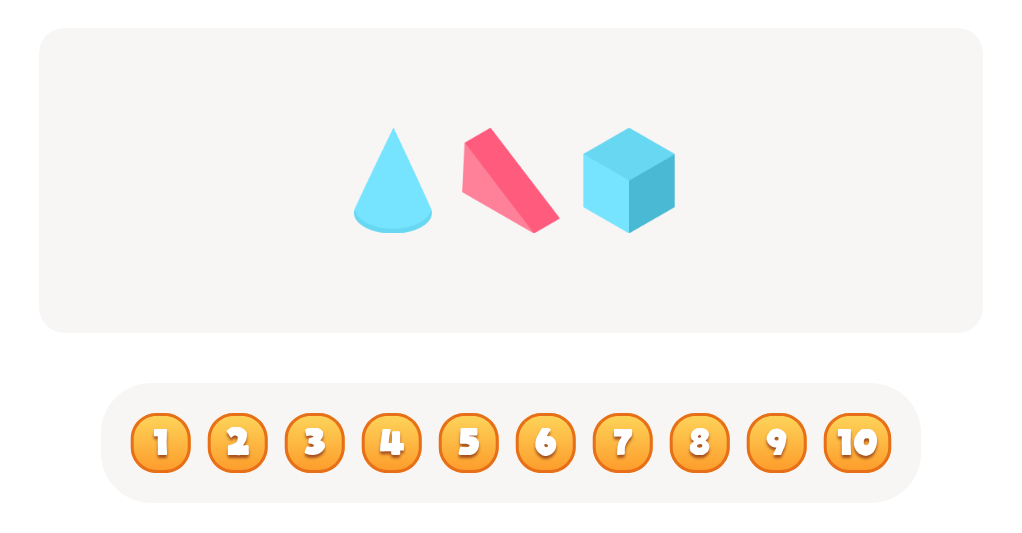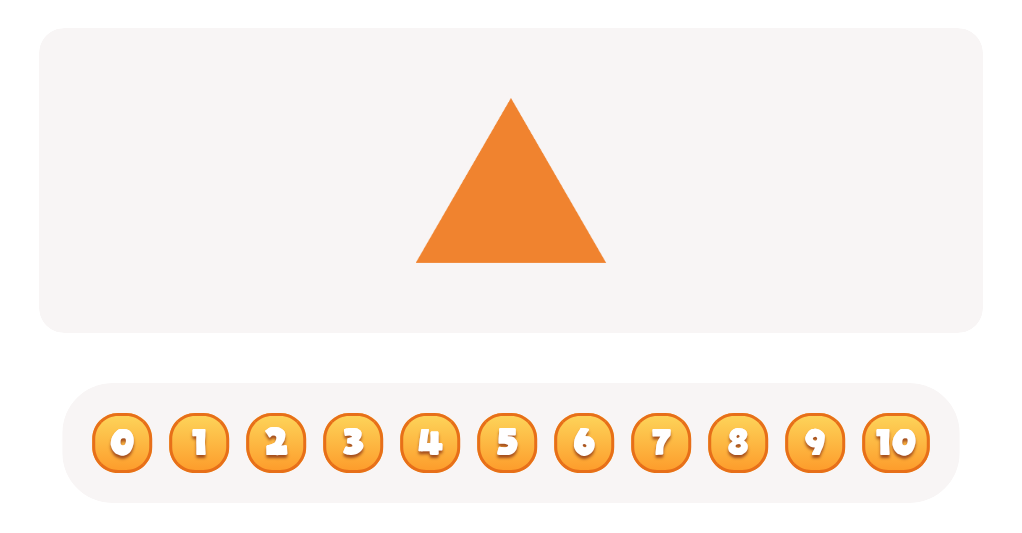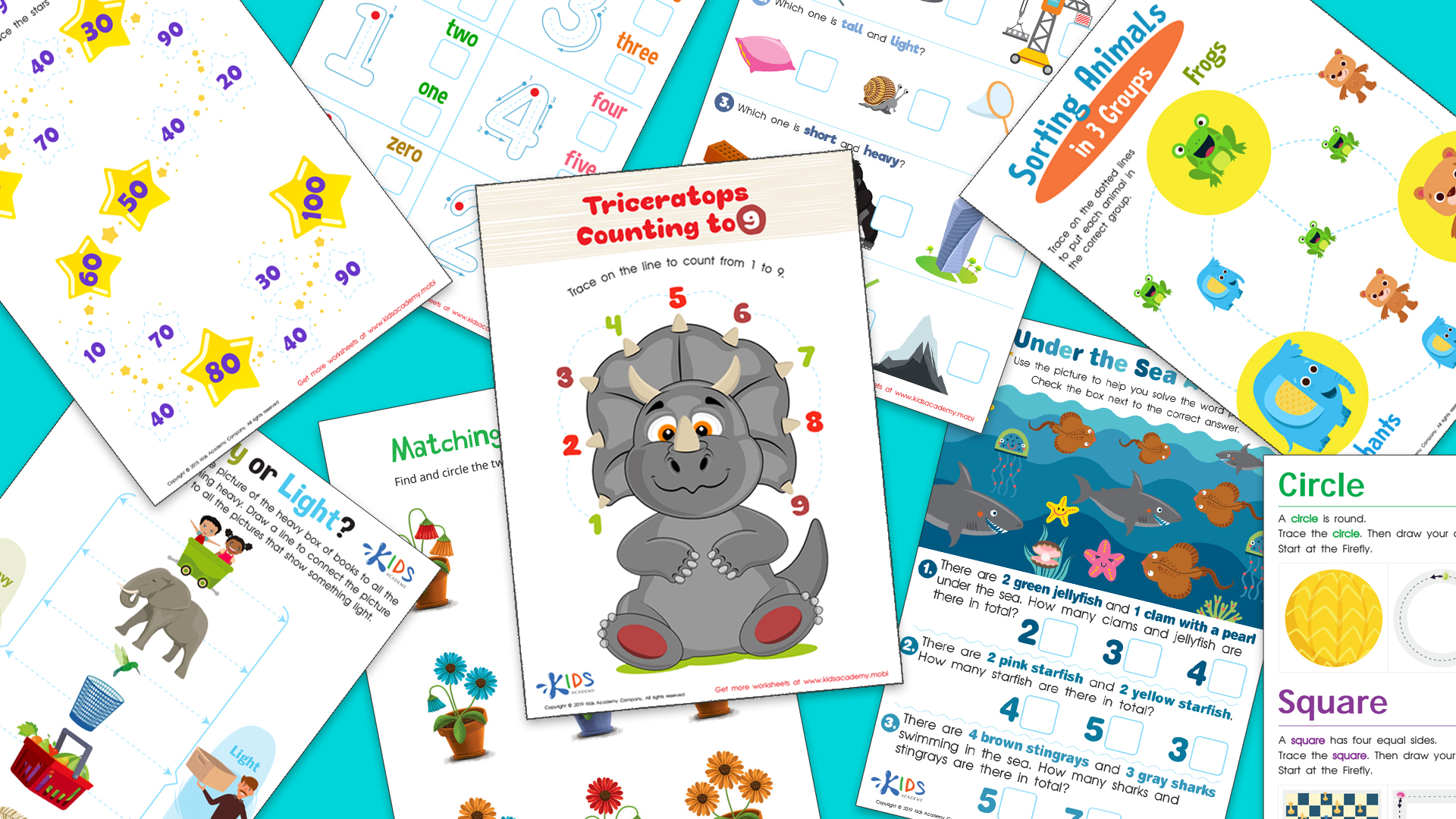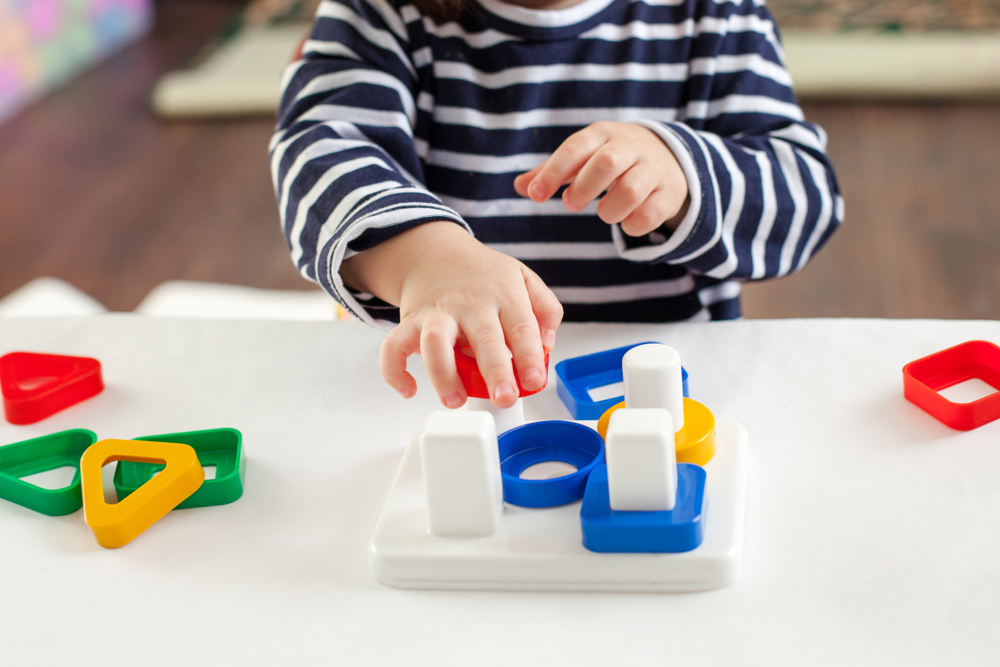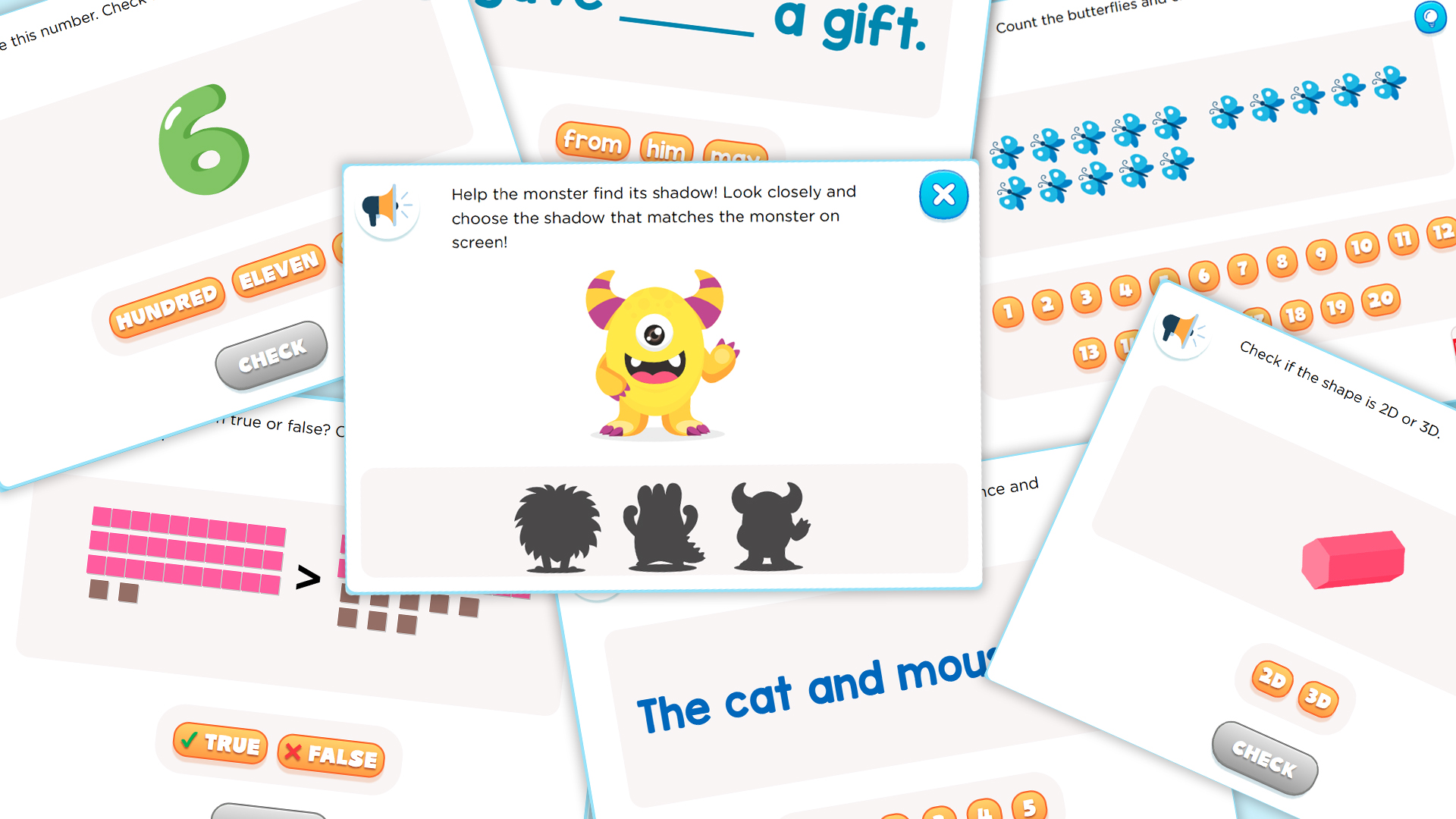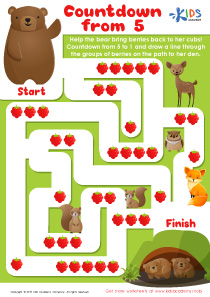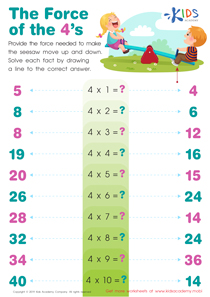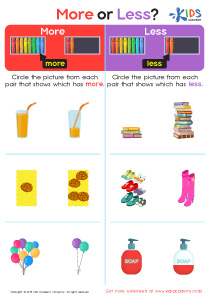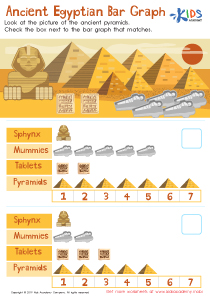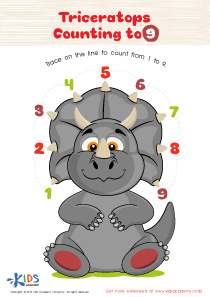Problem-Solving Skills Easy Geometry Worksheets for Ages 3-8
6 filtered results
-
From - To
Unlock your child's potential with our "Problem-Solving Skills Easy Geometry Worksheets for Ages 3-8"! Designed to engage young minds, these worksheets introduce foundational geometry concepts through fun and interactive activities. Perfect for preschoolers and early elementary students, they promote critical thinking and problem-solving abilities. Each worksheet is crafted to simplify complex ideas, making learning enjoyable. Kids will explore shapes, patterns, spatial awareness, and much more while developing essential skills for future success. Cultivate a love for math and geometry in your little one with our expertly designed, age-appropriate resources!
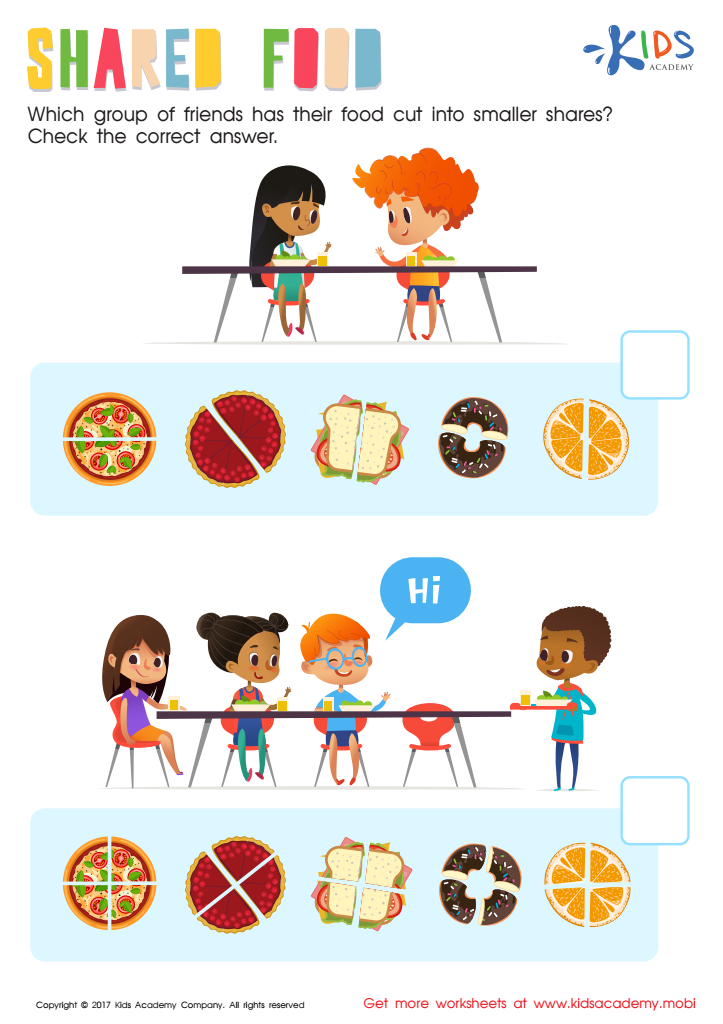

Shared Food Worksheet
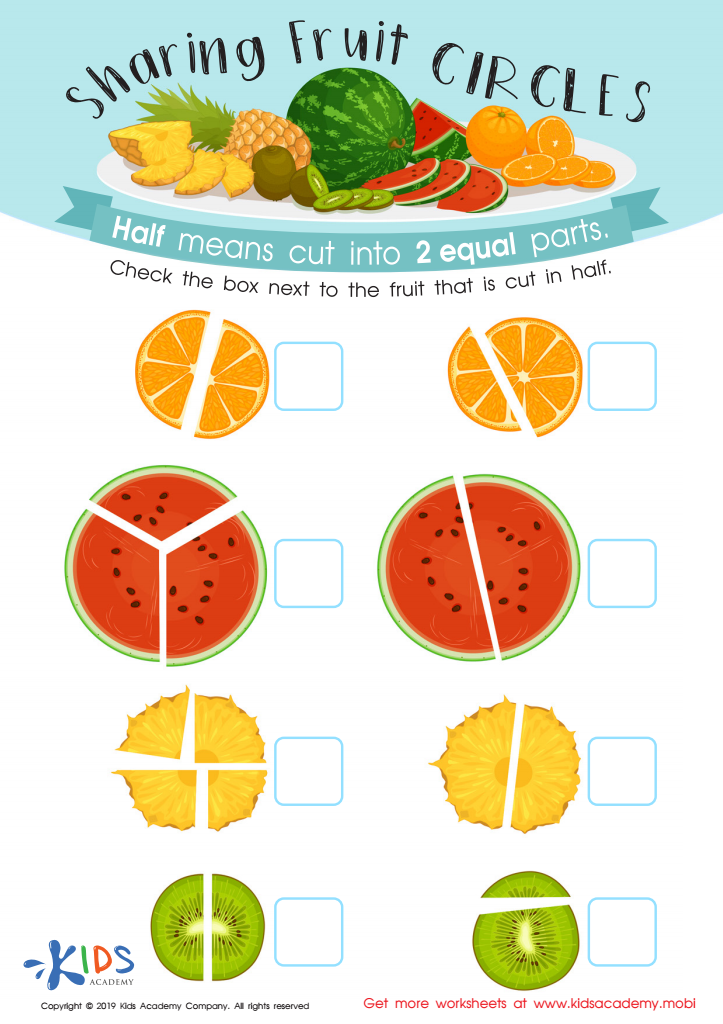

Sharing Fruit Circles Worksheet
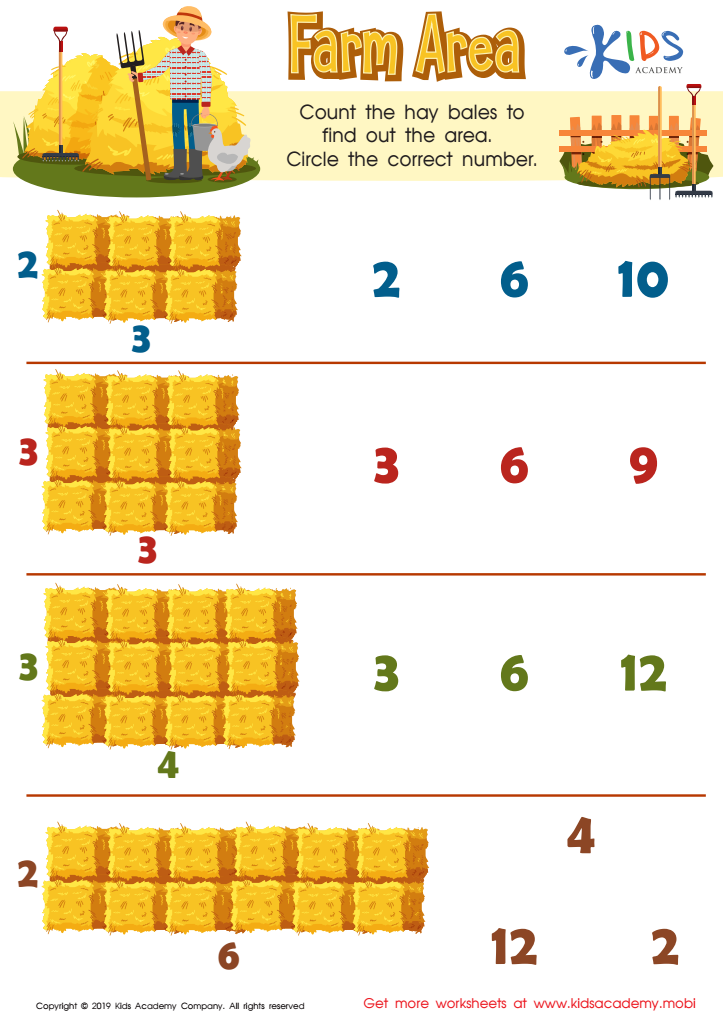

Farm Area Worksheet
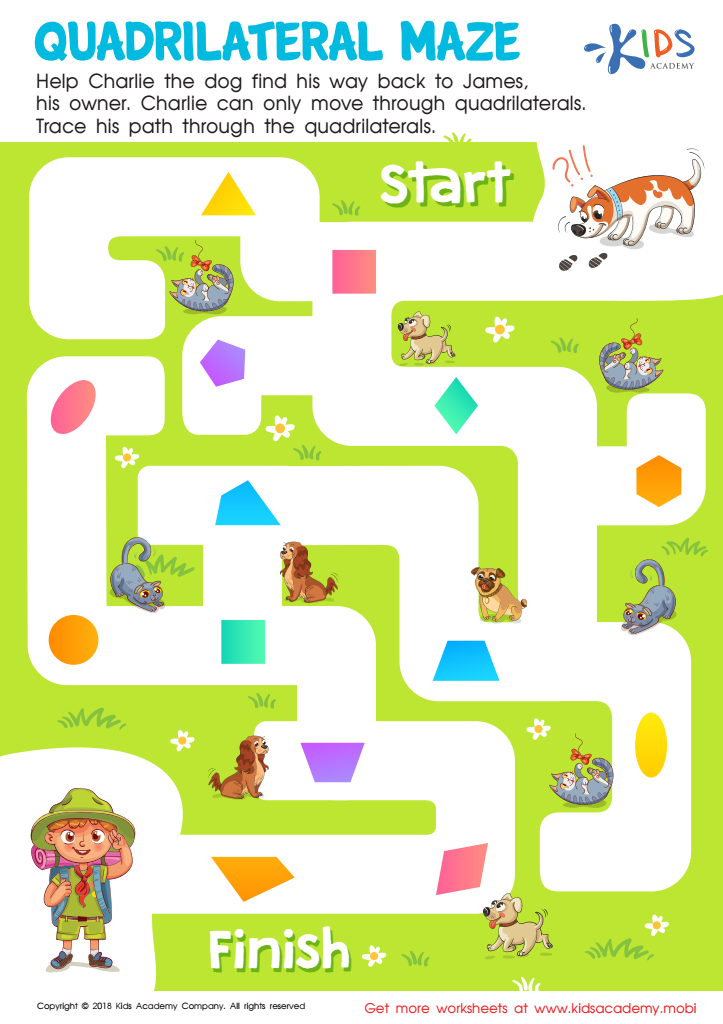

Quadrilateral Maze Worksheet
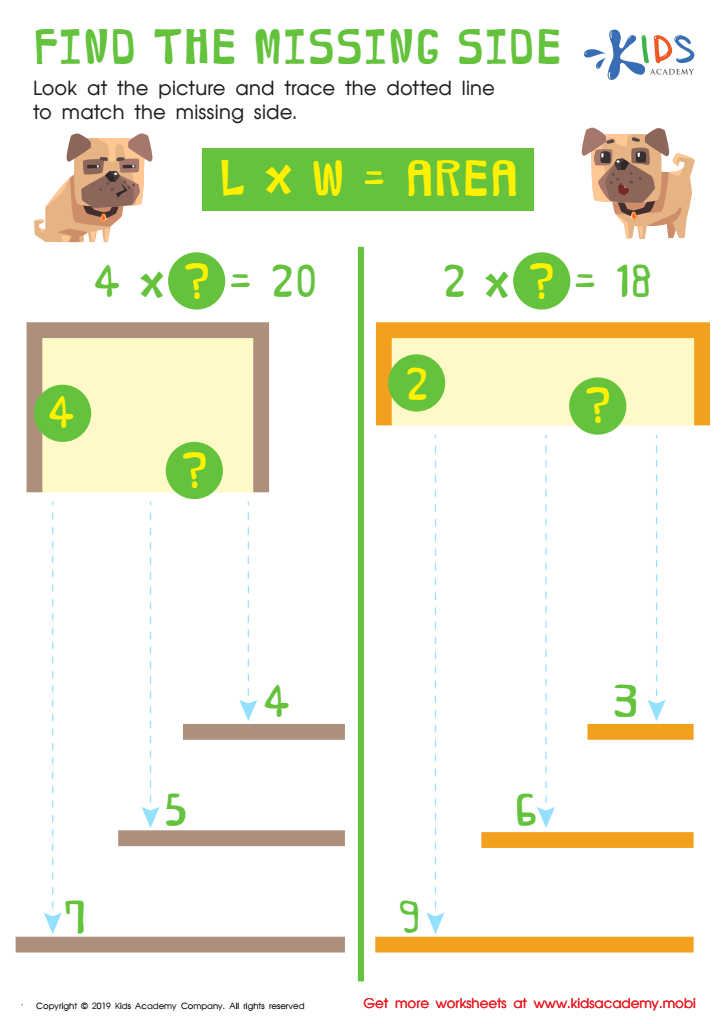

Find the Missing Side Worksheet
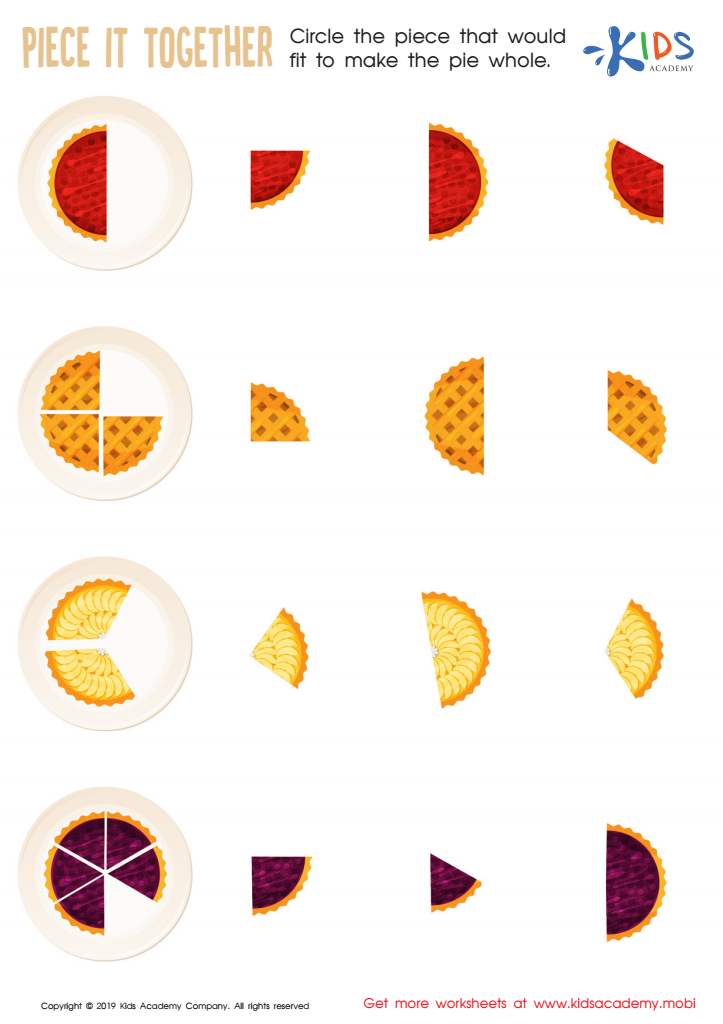

Piece it together Worksheet
Developing problem-solving skills, particularly through easy geometry, is crucial for children ages 3-8 for several reasons. Firstly, early engagement with geometry helps to build foundational math and spatial thinking skills. When children interact with shapes, they learn to recognize patterns, understand spatial relationships, and develop critical thinking skills. This stage is where they begin to describe, investigate, and reason about the shapes around them, laying the groundwork for more advanced mathematical concepts.
Secondly, integrating easy geometry into problem-solving activities nurtures perseverance and creativity. Geometry problems often require children to approach tasks from different angles, encouraging them to think outside the box and boosting their creative problem-solving abilities. As they encounter and overcome challenges, children learn the value of effort and persistence.
Furthermore, strong problem-solving skills enhance overall academic confidence and capability. By successfully tackling geometry problems, children build self-esteem and are more prepared to face a variety of academic subjects with confidence.
Lastly, problem-solving in geometry also supports early science, technology, engineering, and mathematics (STEM) learning, essential in our rapidly advancing world. Engaging students in these areas at a young age positions them to better understand and participate in a technology-driven society.
In summary, focusing on problem-solving skills through easy geometry for young children promotes cognitive development, creativity, persistence, and academic confidence—all key ingredients for lifelong learning and success.
 Assign to My Students
Assign to My Students
